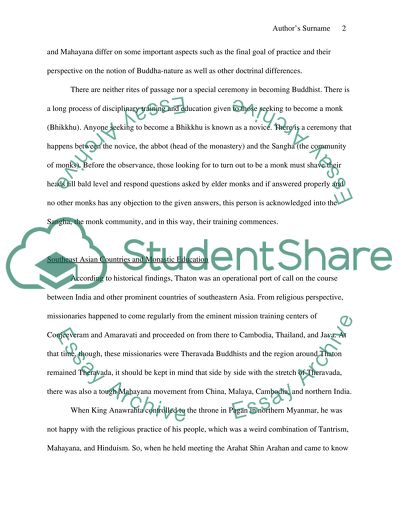Cite this document
(“Monastic Buddhism in South East Asia Research Paper”, n.d.)
Retrieved from https://studentshare.org/family-consumer-science/1418201-monastic-buddhism-in-south-east-asia
Retrieved from https://studentshare.org/family-consumer-science/1418201-monastic-buddhism-in-south-east-asia
(Monastic Buddhism in South East Asia Research Paper)
https://studentshare.org/family-consumer-science/1418201-monastic-buddhism-in-south-east-asia.
https://studentshare.org/family-consumer-science/1418201-monastic-buddhism-in-south-east-asia.
“Monastic Buddhism in South East Asia Research Paper”, n.d. https://studentshare.org/family-consumer-science/1418201-monastic-buddhism-in-south-east-asia.


